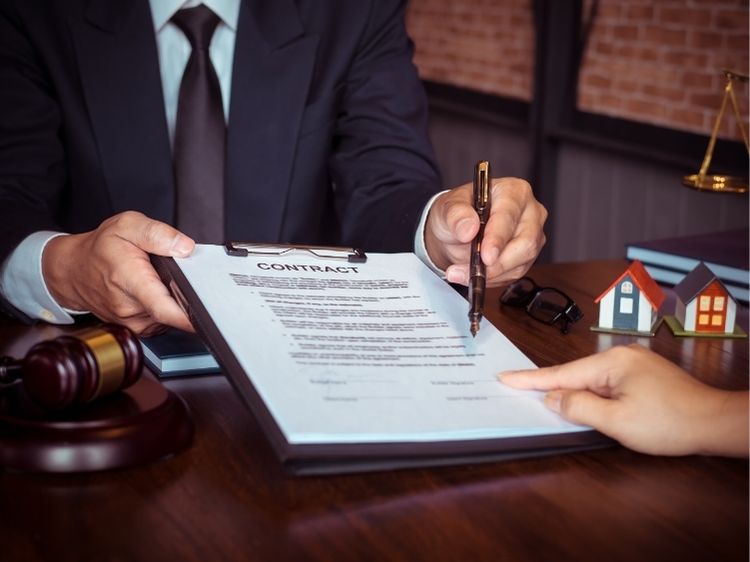Machine accidents can happen anywhere heavy equipment or machinery is involved, from construction sites and factories to warehouses and workshops. With machinery becoming an essential part of modern industries, it’s crucial to understand the risks involved and how to prevent them. In this article, we’ll dive into the causes, common types of machine accidents, safety tips, and prevention strategies to help workplaces remain safe.
What Are Machine Accidents?
Machine accidents refer to any incident where machinery causes injury, damage, or loss within the workplace. These accidents can range from minor injuries like cuts or bruises to severe, life-altering events such as amputations or fatalities. They’re typically a result of mechanical failures, human error, or safety oversight.
Common Causes of Machine Accidents
Knowing the root causes of machine accidents can be the first step toward prevention. Here are some of the most common causes:
- Lack of Proper Training
When workers aren’t trained properly on how to operate machinery, accidents are more likely. Machines are complex, and understanding how to use them safely is critical. - Inadequate Maintenance
Machines need regular upkeep. Neglecting maintenance can lead to malfunctions that may cause unexpected accidents. - Ignoring Safety Protocols
Every machine has specific safety guidelines. Ignoring these rules, like failing to wear protective gear or bypassing safety guards, increases the risk of accidents. - Human Error
Mistakes happen, but in a high-risk environment, simple errors can have serious consequences. Distractions, fatigue, or rushing can lead to accidents. - Mechanical Failure
Faulty machinery or worn-out parts can lead to sudden breakdowns, potentially injuring anyone nearby.
Types of Machine Accidents
Machine accidents come in various forms depending on the industry, machine type, and operational environment. Here’s a look at some common types:
- Caught-In or Caught-Between Accidents
These occur when a worker is caught between two moving parts or between a machine and another object. It’s a frequent risk in construction and industrial settings. - Crushing Injuries
Heavy machinery can cause severe crush injuries if proper safety measures aren’t in place. - Entanglement Injuries
When loose clothing, jewelry, or hair gets entangled in moving parts, it can pull a person into the machinery, leading to serious harm. - Struck-By Accidents
These incidents happen when a worker is hit by moving machinery or objects. For instance, a forklift or conveyor belt might cause a struck-by accident. - Electrical Hazards
Machines powered by electricity carry a risk of electric shock, which can result in burns or even fatal injuries.
Preventive Measures for Machine Accidents
Prevention is the key to reducing the incidence of machine accidents. Here are some effective strategies:
- Comprehensive Training Programs
Every worker who operates machinery should receive adequate training. Make sure training is tailored to each type of machine and covers emergency procedures. - Regular Maintenance Checks
Maintenance is essential to ensure that machines are in proper working condition. Schedule regular inspections and repairs to prevent malfunctions. - Safety Protocols and Equipment
Enforce safety protocols rigorously. Ensure that all workers use the necessary protective gear, like gloves, helmets, and safety goggles. - Safety Guards and Barriers
Most machinery is designed with guards or barriers to protect users. Ensure that these safeguards are never tampered with or removed. - Encourage a Culture of Safety
Promoting a culture that prioritizes safety can go a long way. Encourage workers to report safety concerns and participate in regular safety meetings. - Emergency Response Plans
Have a clear emergency response plan in place. Workers should know what steps to take if an accident occurs to minimize injury or further harm.
FAQs About Machine Accidents
Q: What should I do immediately after a machine accident?
A: Ensure the machine is stopped, seek medical assistance for any injured person, and report the incident to a supervisor. This allows the company to investigate and implement measures to prevent future incidents.
Q: Who is liable in case of a machine accident at work?
A: Liability depends on various factors, including negligence and adherence to safety protocols. Employers are generally responsible for ensuring a safe work environment, but workers also share the responsibility of following safety guidelines.
Q: Are all machine accidents preventable?
A: While not every accident can be anticipated, many can be prevented with proper training, equipment maintenance, and adherence to safety protocols.
Q: How often should machine maintenance be conducted?
A: Maintenance schedules vary based on machine type and usage. It’s usually recommended to perform checks monthly or quarterly and complete any manufacturer-recommended servicing.
Summary
Machine accidents are a serious workplace hazard, but they’re often preventable with the right safety measures. From proper training to regular maintenance, every effort to enhance safety can make a significant difference. Employers and workers alike must prioritize safety protocols to protect everyone on site.
Authoritative Sources:
- Occupational Safety and Health Administration (OSHA): www.osha.gov
- National Institute for Occupational Safety and Health (NIOSH): www.cdc.gov/niosh
- International Labour Organization: www.ilo.org
- American National Standards Institute (ANSI): www.ansi.org




